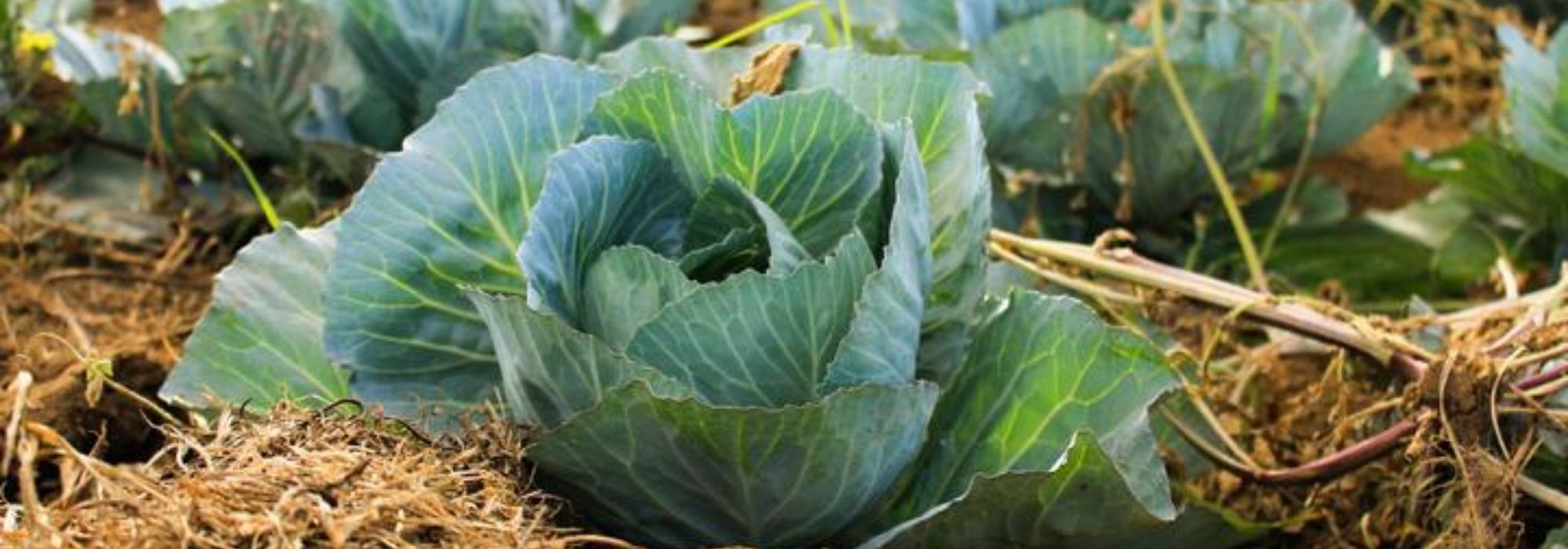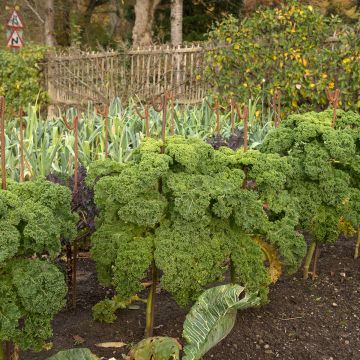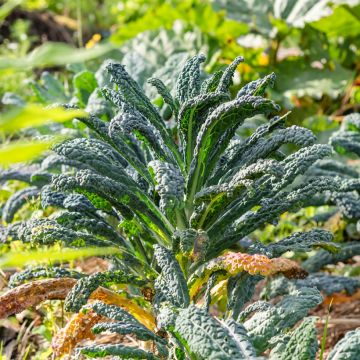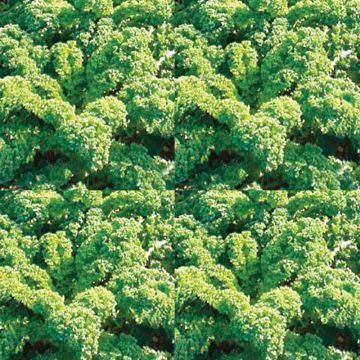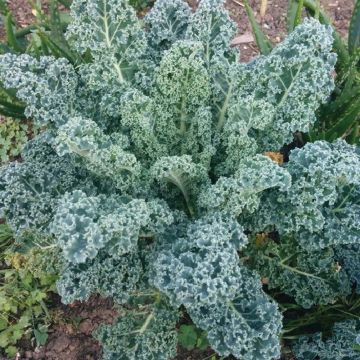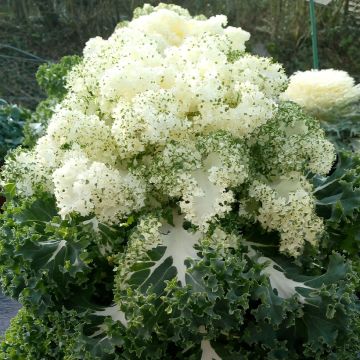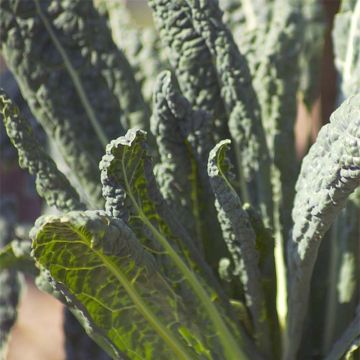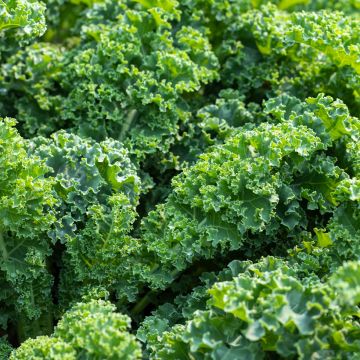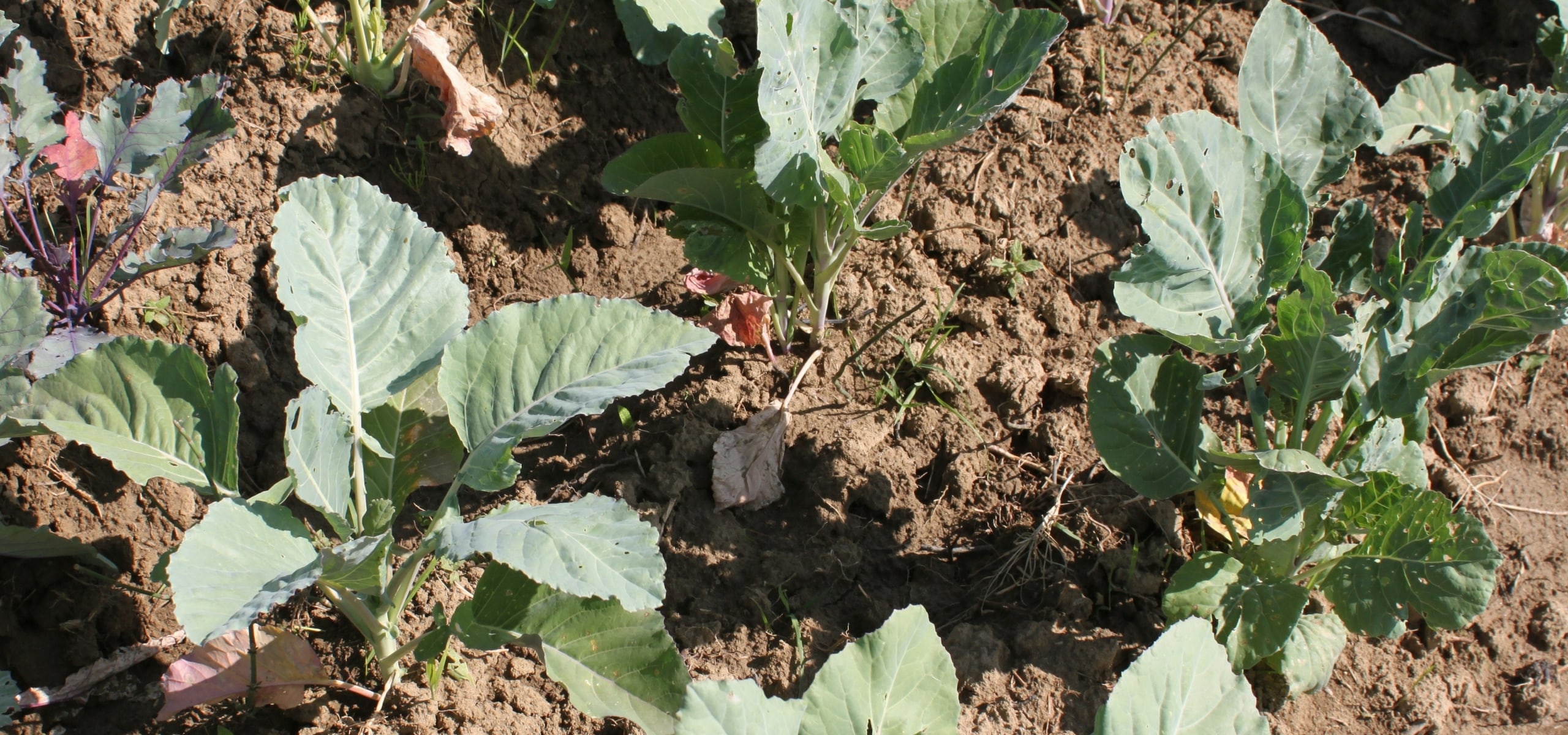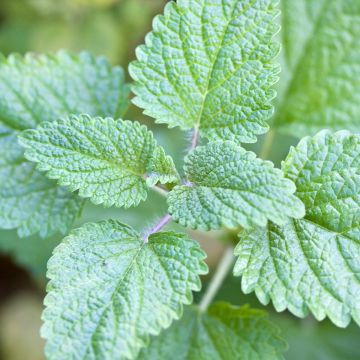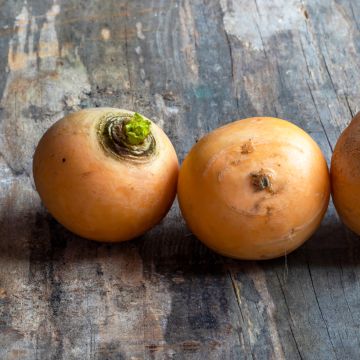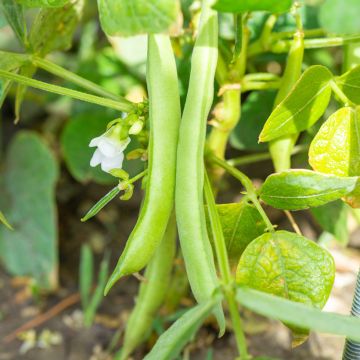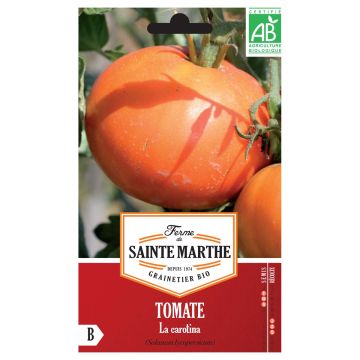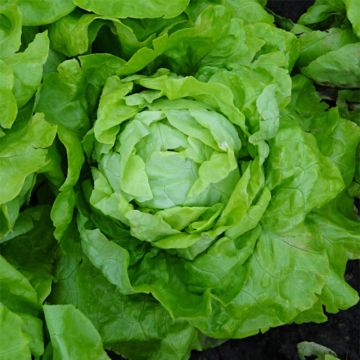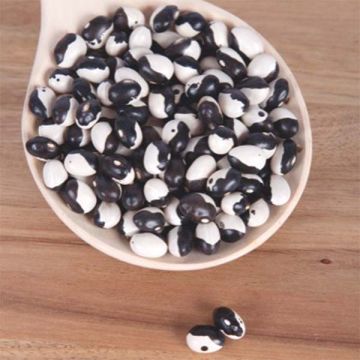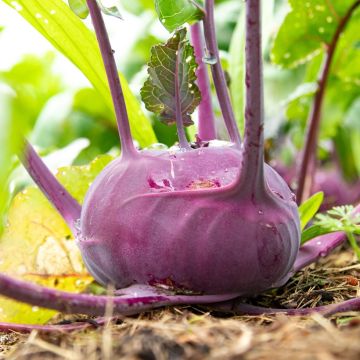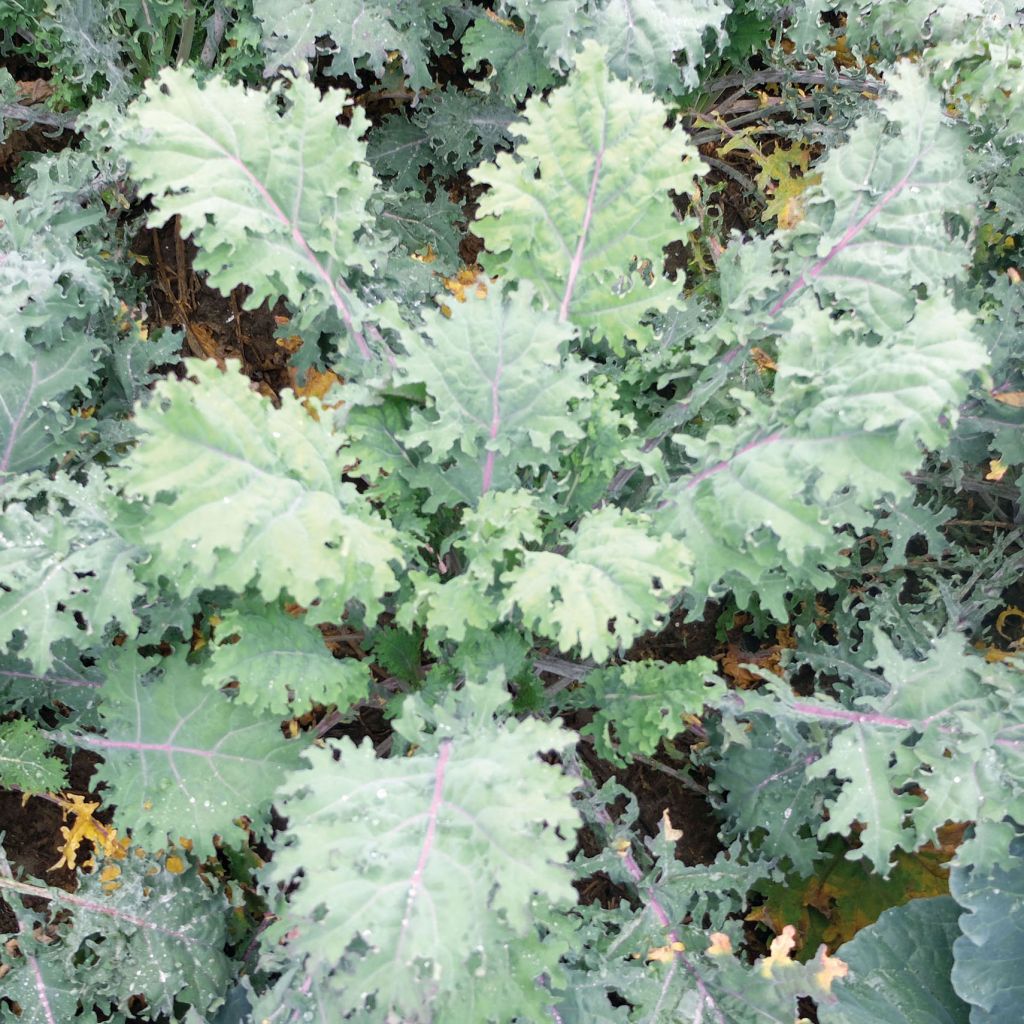

Red Russian untreated Kale - Brassica oleracea acephala
Red Russian untreated Kale - Brassica oleracea acephala
Brassica oleracea acephala Rouge de Russie - Katerina Rouge de Russie
Kale
Special offer!
Receive a €20 voucher for any order over €90 (excluding delivery costs, credit notes, and plastic-free options)!
1- Add your favorite plants to your cart.
2- Once you have reached €90, confirm your order (you can even choose the delivery date!).
3- As soon as your order is shipped, you will receive an email containing your voucher code, valid for 3 months (90 days).
Your voucher is unique and can only be used once, for any order with a minimum value of €20, excluding delivery costs.
Can be combined with other current offers, non-divisible and non-refundable.
Home or relay delivery (depending on size and destination)
Schedule delivery date,
and select date in basket
This plant carries a 6 months recovery warranty
More information
We guarantee the quality of our plants for a full growing cycle, and will replace at our expense any plant that fails to recover under normal climatic and planting conditions.
Description
The Russian Red Kale, known as Katerina Red Russian, offers pretty tender, dentate leaves with violet veins. It is stunning in salads, where it adds a beautiful colourful note. It can be sown and harvested throughout the year.
A favourite of Americans, Kale is an ancient variety of green cabbage with exceptional nutritional values: it contains more vitamin C than an orange and more calcium than a glass of milk. Low in calories, rich in minerals, and detoxifying, this cabbage, still relatively unknown in Europe, is on its way to finding a prominent place in our kitchens.
Sometimes known as Borécole Cabbage, Rabbit Cabbage or Cow Cabbage, this true nutritional phenomenon has a slightly tough, curly foliage that can vary from green to dark red. It does not form a head. It belongs to the large family of Brassicaceae (formerly Cruciferae) and has the Latin name Brassica oleracea acephala.
Once common on tables in the Middle Ages and then relegated to the ranks of forage crops, Kale has experienced a spectacular surge in popularity in the United States. It can be eaten raw in salads or quickly steamed and prepared in various ways: quickly sautéed, in gratins, in quiches, in purees... This “Super Food” can also be incorporated into various preparations like fruit smoothies. And if you're lacking inspiration, several recipe books are dedicated solely to this unique cabbage.
Kale is easy to grow as it requires little space and benefits from excellent hardiness (at least below 10 °C). It also seems to be more resistant to potential pest attacks. However, like almost all cabbages, it requires excellent organic fertilisation and regular moisture during its cultivation.
Harvest: It is done with a knife by taking the leaves from the outer part of the plant, which will continue to grow and produce new leaves. Kale can be harvested from the young leaf stage until ripeness.
Storage: This cabbage can be stored in the refrigerator for a few days, but as it would be a shame to miss out on its vitamins, we recommend consuming it quickly after harvesting. It freezes well after being blanched for 3 minutes in salted boiling water.
Gardener's Tip: To reduce watering, we recommend, starting at the end of May, mulching the soil with thin successive layers of grass clippings, if possible, mixed with dead leaves. This protection, which helps keep the soil moist, also reduces weed growth.
The untreated or "NT" seeds come from conventionally cultivated plants (often with pesticides) but undergo no treatment after harvesting. These seeds are allowed in organic market gardening when organic seeds are out of stock.
Harvest
Plant habit
Foliage
Botanical data
Brassica
oleracea
acephala Rouge de Russie - Katerina Rouge de Russie
Brassicaceae
Kale
Cultivar or hybrid
Annual
Other Kale seeds
View all →Planting and care
The germination temperature of Kale is between 7 and 29° and takes 4 to 7 days.
It can be sown all year round, directly in the ground or under cover.
You can proceed with direct sowing in place or prepare seedlings that will later be planted in their final position in the garden.
Preparing Seedlings: In a heated greenhouse from late autumn to late winter or in a cold greenhouse or tray in the garden for the rest of the year, sow Kale seeds at a depth of 1 cm (0in) in good seed compost. Lightly cover with compost or vermiculite. Remember to keep the substrate moist but not soggy!
When the young plants appear strong enough to handle, transplant them into pots if necessary, and for seedlings in a heated greenhouse, gradually acclimatise them to cooler temperatures before transplanting them into the garden when there is no longer any risk of frost.
Direct Sowing: In suitably amended and finely worked soil, make furrows about 1 centimetre (0 inches) deep, spaced 20/25 cm (8/10in) apart. Sow the seeds and cover them with a thin layer of fine soil. When the seedlings are well developed, thin them out, keeping only one plant every 40 cm (16in).
Cultivation:
Kale is grown in full sun or partial shade. It is a demanding vegetable that requires well-rotted, nitrogen-rich and potassium-rich soil. It is advisable to apply a generous amount of mature compost (about 3/4 kg per m2), by raking it in to a depth of 5 cm (2in), preferably in autumn, after loosening the soil as you would for any vegetable crop. It is not very tolerant of soil pH, which should be between 5.6 and 6.5. In acidic soil, it will be necessary to gradually raise the pH by adding calcium in the form of Dolomite or Lime.
It is beneficial to associate Kale with many other vegetables, such as tomatoes and lettuce. But avoid planting it near other Brassicas,dsuchchini, fennel, lamb's lettuce, leeks, and strawberries.
Seedlings
Care
Intended location
Planting & care advice
This item has not been reviewed yet - be the first to leave a review about it.
Similar products
Haven't found what you were looking for?
Hardiness is the lowest winter temperature a plant can endure without suffering serious damage or even dying. However, hardiness is affected by location (a sheltered area, such as a patio), protection (winter cover) and soil type (hardiness is improved by well-drained soil).

Photo Sharing Terms & Conditions
In order to encourage gardeners to interact and share their experiences, Promesse de fleurs offers various media enabling content to be uploaded onto its Site - in particular via the ‘Photo sharing’ module.
The User agrees to refrain from:
- Posting any content that is illegal, prejudicial, insulting, racist, inciteful to hatred, revisionist, contrary to public decency, that infringes on privacy or on the privacy rights of third parties, in particular the publicity rights of persons and goods, intellectual property rights, or the right to privacy.
- Submitting content on behalf of a third party;
- Impersonate the identity of a third party and/or publish any personal information about a third party;
In general, the User undertakes to refrain from any unethical behaviour.
All Content (in particular text, comments, files, images, photos, videos, creative works, etc.), which may be subject to property or intellectual property rights, image or other private rights, shall remain the property of the User, subject to the limited rights granted by the terms of the licence granted by Promesse de fleurs as stated below. Users are at liberty to publish or not to publish such Content on the Site, notably via the ‘Photo Sharing’ facility, and accept that this Content shall be made public and freely accessible, notably on the Internet.
Users further acknowledge, undertake to have ,and guarantee that they hold all necessary rights and permissions to publish such material on the Site, in particular with regard to the legislation in force pertaining to any privacy, property, intellectual property, image, or contractual rights, or rights of any other nature. By publishing such Content on the Site, Users acknowledge accepting full liability as publishers of the Content within the meaning of the law, and grant Promesse de fleurs, free of charge, an inclusive, worldwide licence for the said Content for the entire duration of its publication, including all reproduction, representation, up/downloading, displaying, performing, transmission, and storage rights.
Users also grant permission for their name to be linked to the Content and accept that this link may not always be made available.
By engaging in posting material, Users consent to their Content becoming automatically accessible on the Internet, in particular on other sites and/or blogs and/or web pages of the Promesse de fleurs site, including in particular social pages and the Promesse de fleurs catalogue.
Users may secure the removal of entrusted content free of charge by issuing a simple request via our contact form.
The flowering period indicated on our website applies to countries and regions located in USDA zone 8 (France, the United Kingdom, Ireland, the Netherlands, etc.)
It will vary according to where you live:
- In zones 9 to 10 (Italy, Spain, Greece, etc.), flowering will occur about 2 to 4 weeks earlier.
- In zones 6 to 7 (Germany, Poland, Slovenia, and lower mountainous regions), flowering will be delayed by 2 to 3 weeks.
- In zone 5 (Central Europe, Scandinavia), blooming will be delayed by 3 to 5 weeks.
In temperate climates, pruning of spring-flowering shrubs (forsythia, spireas, etc.) should be done just after flowering.
Pruning of summer-flowering shrubs (Indian Lilac, Perovskia, etc.) can be done in winter or spring.
In cold regions as well as with frost-sensitive plants, avoid pruning too early when severe frosts may still occur.
The planting period indicated on our website applies to countries and regions located in USDA zone 8 (France, United Kingdom, Ireland, Netherlands).
It will vary according to where you live:
- In Mediterranean zones (Marseille, Madrid, Milan, etc.), autumn and winter are the best planting periods.
- In continental zones (Strasbourg, Munich, Vienna, etc.), delay planting by 2 to 3 weeks in spring and bring it forward by 2 to 4 weeks in autumn.
- In mountainous regions (the Alps, Pyrenees, Carpathians, etc.), it is best to plant in late spring (May-June) or late summer (August-September).
The harvesting period indicated on our website applies to countries and regions in USDA zone 8 (France, England, Ireland, the Netherlands).
In colder areas (Scandinavia, Poland, Austria...) fruit and vegetable harvests are likely to be delayed by 3-4 weeks.
In warmer areas (Italy, Spain, Greece, etc.), harvesting will probably take place earlier, depending on weather conditions.
The sowing periods indicated on our website apply to countries and regions within USDA Zone 8 (France, UK, Ireland, Netherlands).
In colder areas (Scandinavia, Poland, Austria...), delay any outdoor sowing by 3-4 weeks, or sow under glass.
In warmer climes (Italy, Spain, Greece, etc.), bring outdoor sowing forward by a few weeks.






























